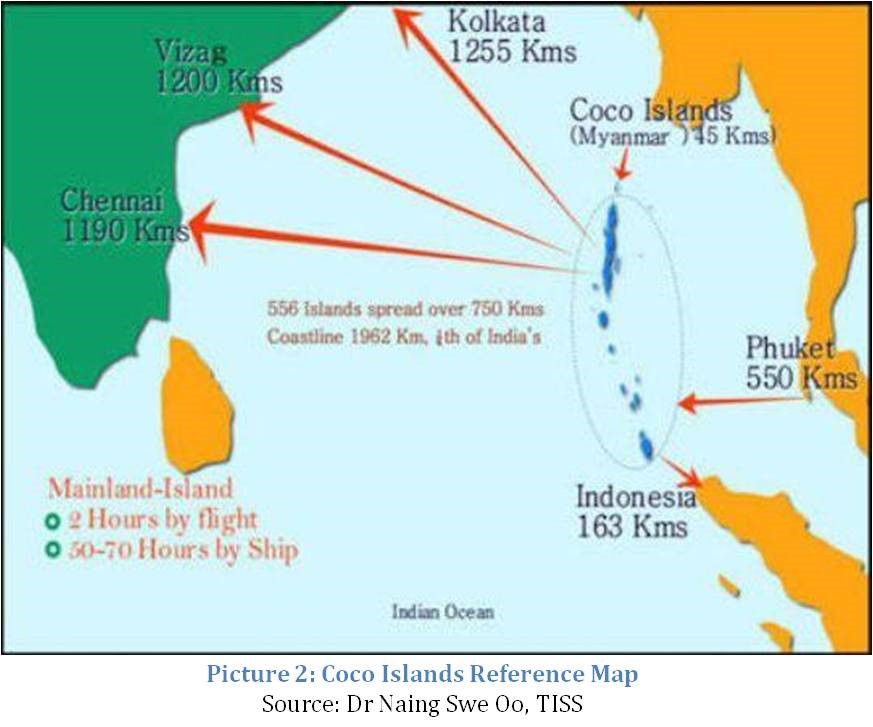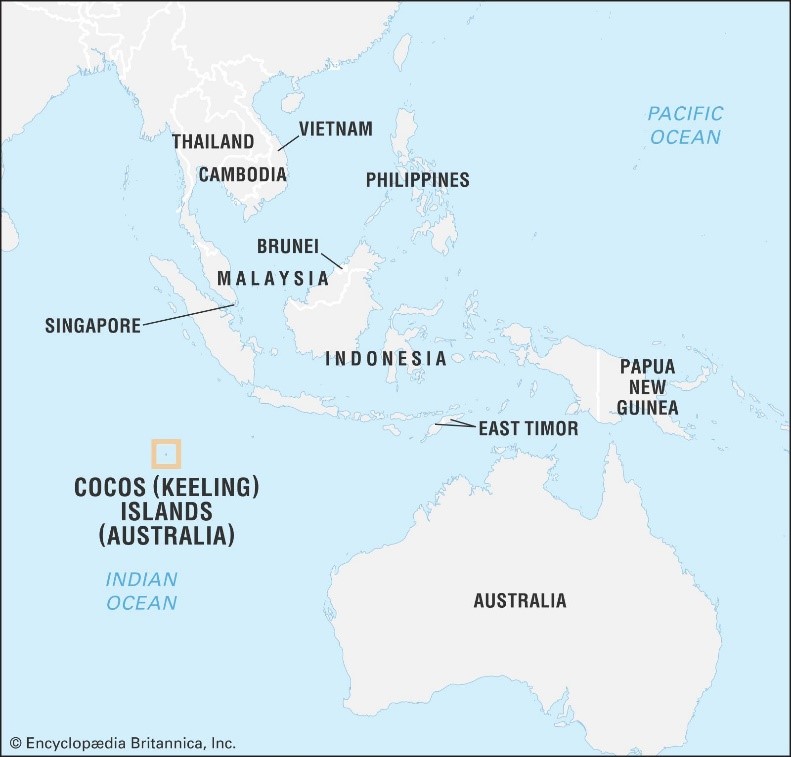Free Courses Sale ends Soon, Get It Now


Free Courses Sale ends Soon, Get It Now



Disclaimer: Copyright infringement not intended.
Context
Cocos Islands
Location

Atolls and Islands
Administration
History of Cocos Islands
The strategic importance of Cocos Islands
Constructions
Worrying Development
Importance of Cocos Islands for India
Activities and efforts in the region
Closing Remarks
READ: https://www.iasgyan.in/daily-current-affairs/coco-island
|
PRACTICE QUESTION Q. Cocos Island which is just 30 miles away from the Andaman & Nicobar Islands of India is undoubtedly crucial in terms of geography and military strategies. With an active Chinese presence and constant building of infrastructure, India too has an imperative to boost its strategic depth in the region. Comment. |
© 2024 iasgyan. All right reserved